Last Updated on 2025-10-07 by a-indie
Genre Blending and Production
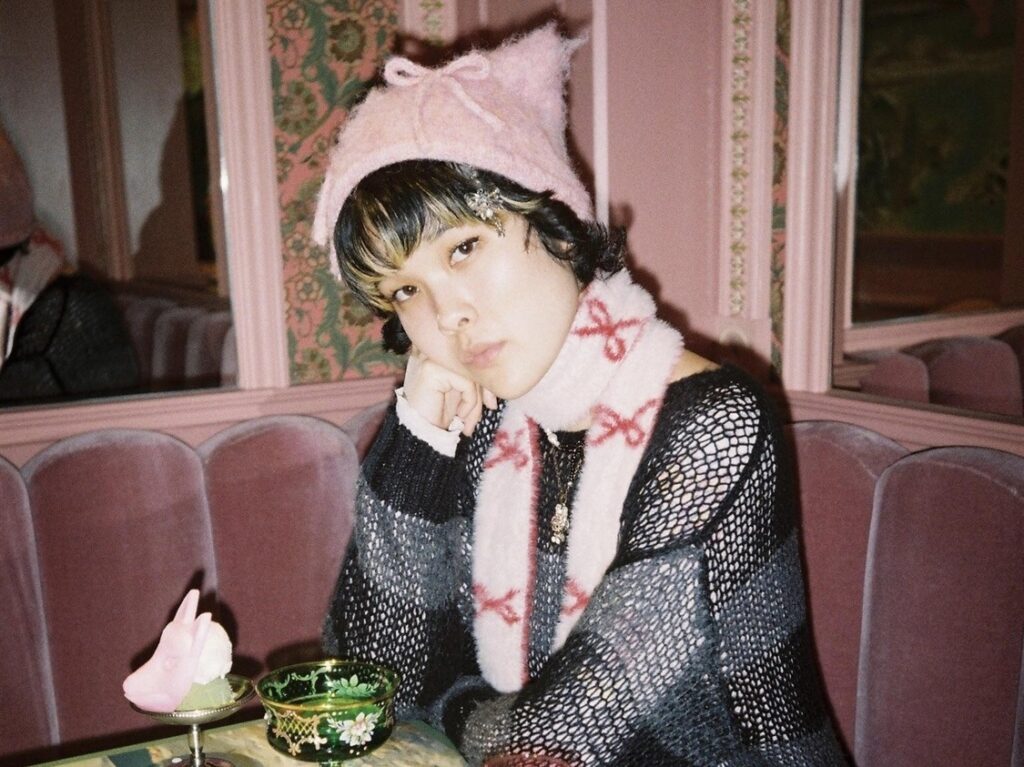
-My impression of this work is that it’s a challenging piece connecting jazz, bossa nova, and chamber rock foundations to indie rock. Yet I was surprised by how firmly you maintain your sense of self, integrating it into your music. What factors contribute to this? Could you tell us what you were conscious of regarding production?
In terms of the thought process that goes in to blending these different types of genres, there’s not much to it. I am just trying to make songs that I like and that feel natural to me — I am not consciously thinking about how to connect or blend these genres. I think it is simply what comes out, because it’s what I like and what I’ve listened to/studied the most. There isn’t any effort required throughout the production process to “maintain my sense of self” as the genres/styles blend and switch, because the songs themselves are a straightforward expression of me being myself.
Differences in Approach by Language?
-The album includes songs with both Japanese and English lyrics. Did your approach or arrangements change when songwriting in different languages?
Not particularly! For me, lyrics are usually the last step, so my approach to songwriting in terms of the harmony, melody, and the core structure of the song is the same either way. Regardless of what language I’m writing in, I try to keep the lyrics straightforward, and basically just write whatever pops in to my head and go from there.
Breakthrough Song
-Which song from this album would you consider your breakthrough, or which one shows the most change or evolution?
I am not sure if there’s any one particular song that I would consider to be a breakthrough, but in terms of songs that show the most growth from my past project (Kabutomushi) I would say Animaru or Zarigani. Animaru, because I think it’s one of the most rock-sounding songs that I’ve ever written, but if you listen closely you can still hear bop lines sprinkled throughout, and I like the way that these different influences came together in the song. Zarigani, because this was one of the first songs I wrote that has such abrupt and distinct switches in style repeatedly throughout the song.
Thoughts and Messages for Listeners
-What kind of people would you like to listen to “Animaru”? Or in what situations would you like it to be heard? Are there any particular points in the lyrics or sound that you’d like listeners to pay attention to?
I would like for people to listen to Animaru whenever they feel inclined to! I like listening to music when I’m out and about, walking outside or taking the train, so I hope that other people can listen to my music in this way in their everyday life to maybe support or uplift them, because that’s what my favorite music does for me. There aren’t any particular points that I’d like listeners to pay attention to, but I hope that each person who listens to it can find something in it that is special and relatable to them.
To Japanese Listeners
-There are people in Japan who already listen to your music, who will listen to “Animaru” because of this interview, and those who will discover your music at Fuji Rock. Lastly, do you have a message for Japanese listeners?
私の音楽を聴いてくれてありがとうございます! (Thank you for listening to my music!)
Mei Semones Album Release
1st Album『Animaru』
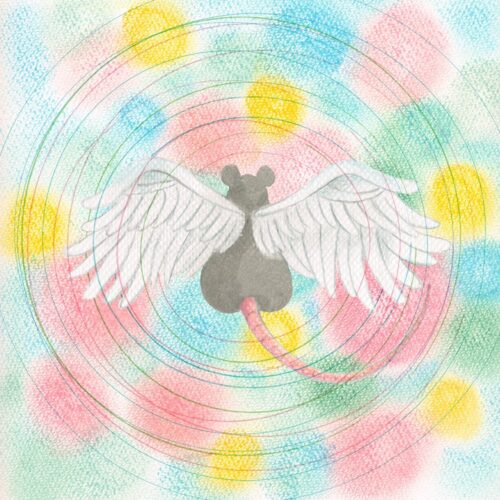
Release Date: May 2, 2025
Track:
1. Dumb Feeling
2. Dangomushi
3. Tora Moyo
4. I Can Do What I Want
5. Animaru
6. Donguri
7. Norwegian Shag
8. Rat With Wings
9. Zarigani
10. Sasayaku Sakebu
11. Itsumo(*)
*Only Japan Edition
Amazon
Mei Semones Live Information

FUJI ROCK FESTIVAL ’25
Date: July 25(Fri), 26(Sat), 27(Sun), 2025
Venue:Naeba Ski Resort, Yuzawa Town, Niigata Prefecture
Mei Semones Profile
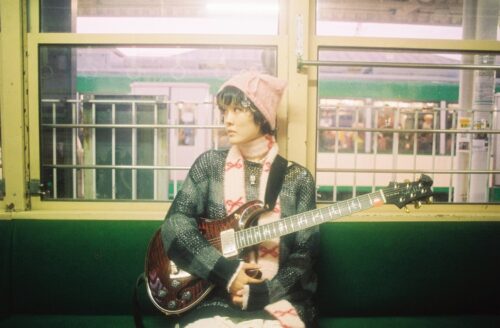
Hailing from Ann Arbor, Michigan, with a Japanese mother, Mei Semones started piano at age 4 and switched to electric guitar at 11. After playing jazz guitar in high school, she studied guitar performance focusing on jazz at Berklee College of Music. After releasing several singles and EPs, she moved to New York in 2022. She collaborated with post-bossa balladeer John Roseboro and conducted her first tour with the melodic rock outfit Raavi. While working as a Japanese kindergarten teacher, she continued songwriting (writing lyrics in both English and Japanese). In the spring of 2024, she released the EP “Kabutomushi.” Selected for Rolling Stone’s “Artist You Need to Know” and Paste’s “Best of What’s Next,” and praised by figures like Flea of the Red Hot Chili Peppers, she gained attention and also performed in Japan.
Writer: Yuuki Takita
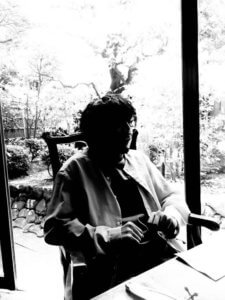
Born in 1991, a freelance writer from Tomakomai, Hokkaido. After graduating from the same university as TEAM NACS, he enrolled in a music vocational school, majoring in the writer course.
There, he produced three music free papers, handling everything from artist interviews to editing.
Leveraging this experience, he joined a cross-media music company with both free paper and web platforms, where he gained experience writing review articles, editing, and sales.
After leaving the company, he became a clerk at a major record store, also writing disc review articles for their in-house media.
This led him to start working as a freelance music writer. Currently, he is a salaryman and music writer dreaming of organizing an outdoor music festival in his hometown of Tomakomai.
He enjoys cats, watching movies, and reading. Exploring Komatsu Nana and curry & biryani spots is part of his lifestyle.
Articles written so far are here (Note: Link points to Japanese tag)
Articles written for other media are here
Twitter:@takita_funky

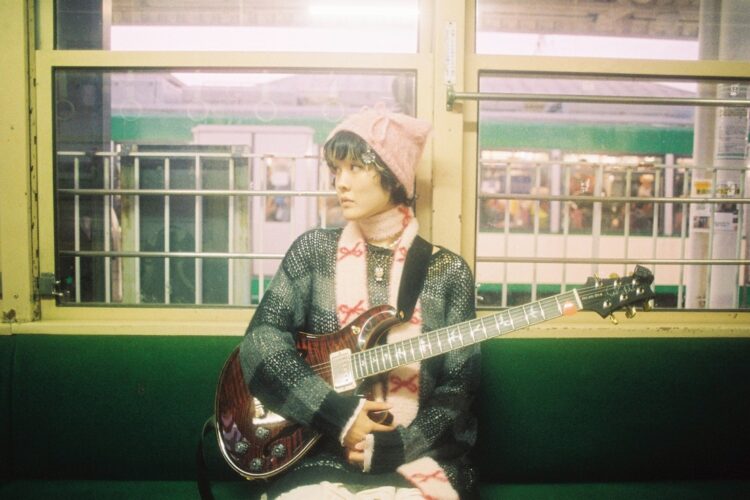
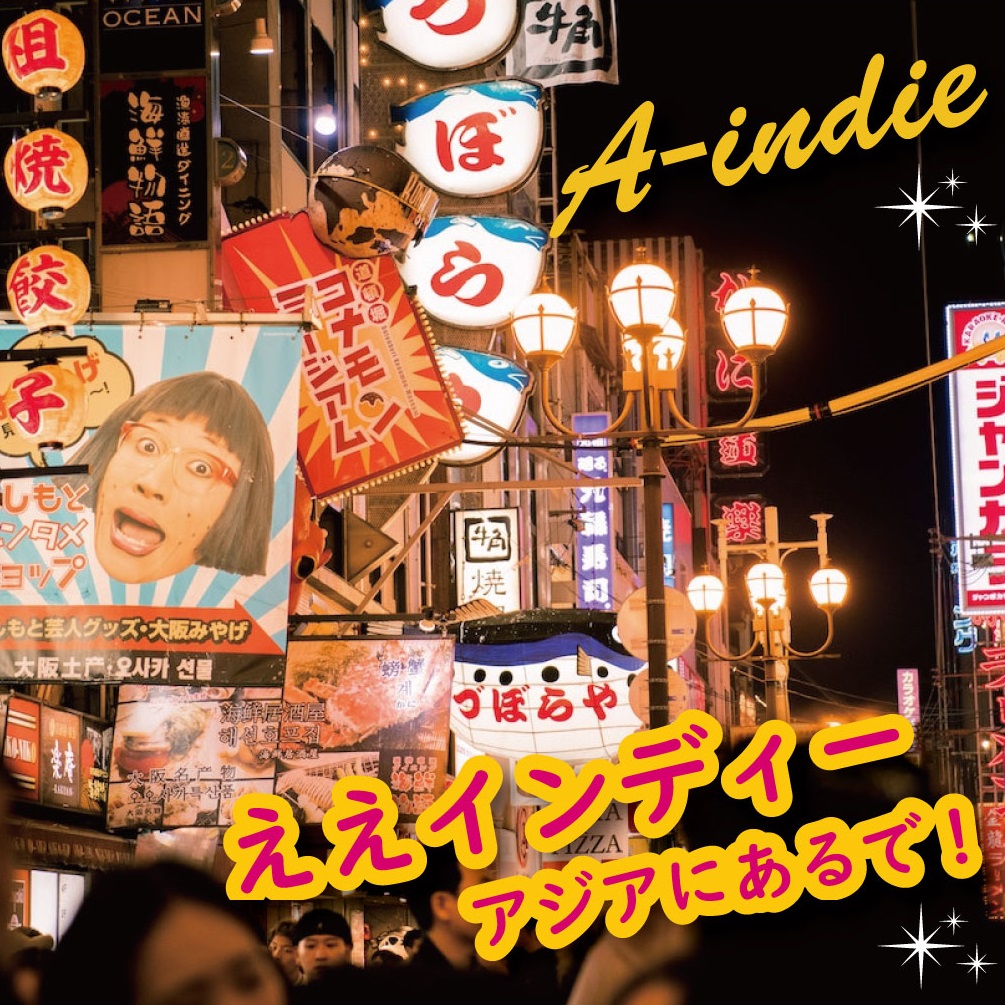

 - is a music media platform run by BELONG, a Japanese music organization. We publish music articles with a focus on indie music.
- is a music media platform run by BELONG, a Japanese music organization. We publish music articles with a focus on indie music.